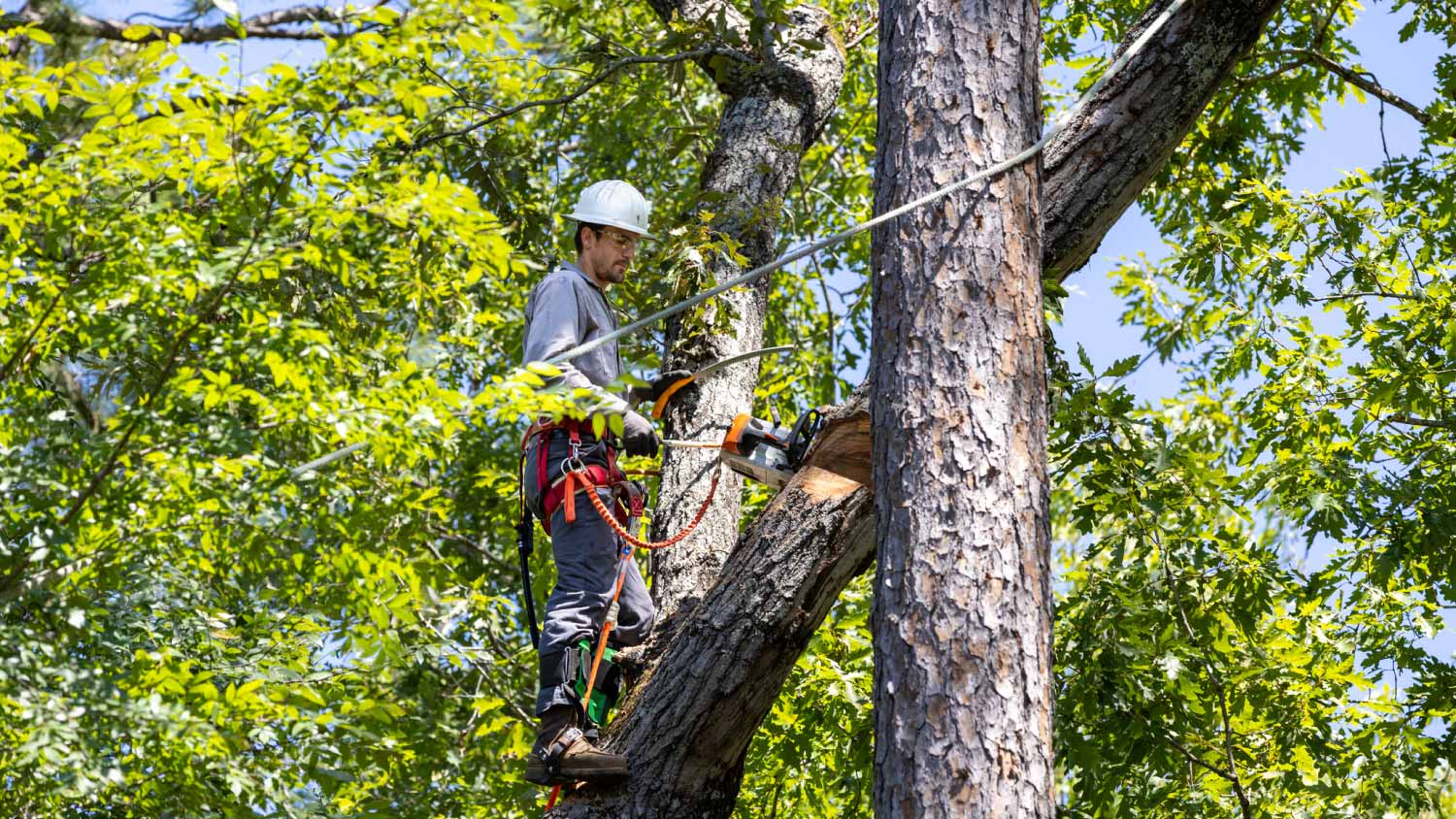
Trimming your bushes is one of the less costly aspects of landscaping, and it’s helpful to bundle many trimming services together to save money.
One D.C. landscape designer discusses how to pick the right plants for your tree boxes


Green thumbs often find themselves at a sore disadvantage in the District because condo buildings and old row houses afford little ground for landscaping plants and flowers.
But the city of Washington, D.C., has a solution: tree boxes.
A tree box, also known as a 'tree space', is a small plot of dirt surrounding a tree on a public sidewalk so that the tree has room to survive and thrive.
Those little areas of soil around the trees lining streets may be owned by the city, but the residents living behind them are responsible for the tree's maintenance and any landscaping those tree boxes can support.
Some people leave them empty, while others transform them into cornucopias of plants and colors. It’s all up to the neighborhood, but there’s plenty of professional landscaping help out there.
Thomas L. Kapfer, a landscape designer at Capitol Hill’s highly rated Ginkgo Gardens, is no stranger to customers inquiring about what to do with those rectangular boxes that gardeners view as a blank canvas.
Kapfer does stress that, before undertaking any planting in a tree box, it’s a good idea to gauge your level of commitment and interest in gardening.
“It's great for people who like to do a lot of gardening and want to care for the plants,” he says. For others? “It can be an unforgiving space.”
Whatever path you choose for your tree box, follow the rules. The District is rather specific and lays it all out online in its “public realm design manual.”
A few highlights from the city's tree box planting regulations, which says plantings:
"Must be contained in the box and not extend either over the curb or sidewalk provide clear distances from parking meters, bus stops, or crosswalks possess shallow roots systems that grow less than 18 inches high. Officials hope residents will use the boxes to provide seasonal color and serve as a buffer between cars and people."
If only it was that simple.
Kapfer stresses common sense when choosing plants, especially in the dog-loving neighborhoods around D.C., “Liriope is typical because it tolerates dog pee well,” Kapfer says.
He also recommends low junipers, carpet roses and sometimes just mulch if the tree is especially vulnerable.
“Another caution is not to actually raise the level of soil around the trees," Kapfer says. "That can often damage the tree."
As far as colors or kinds of flowers? It’s pretty much “anything goes.”
It's a good idea to check with a professional landscaper to determine what plants will work best for your tree and soil.
The type of tree in the box itself is important because different species tolerate different conditions.
“I had one client who wanted plants to surround an older maple," he says. "But that was an impossible condition."
From average costs to expert advice, get all the answers you need to get your job done.

Trimming your bushes is one of the less costly aspects of landscaping, and it’s helpful to bundle many trimming services together to save money.

The cost of tree stump removal depends on size, removal method, location, and more. Our guide will show you how much stump removal costs.
Get transparent shrub removal cost info. Learn average prices, key cost factors, and tips to save on your next shrub removal project.

What is an arborist and do they cut down trees? Learn what an arborist is, the services they offer, and when to hire one.

Tree stumps are more than just unsightly. They can be hazardous, too. Find out why you need to remove a tree stump from the yard and the best time to do it.

While palm trees don’t need much maintenance, they occasionally require trimming to keep them healthy. Learn how to trim a palm tree.